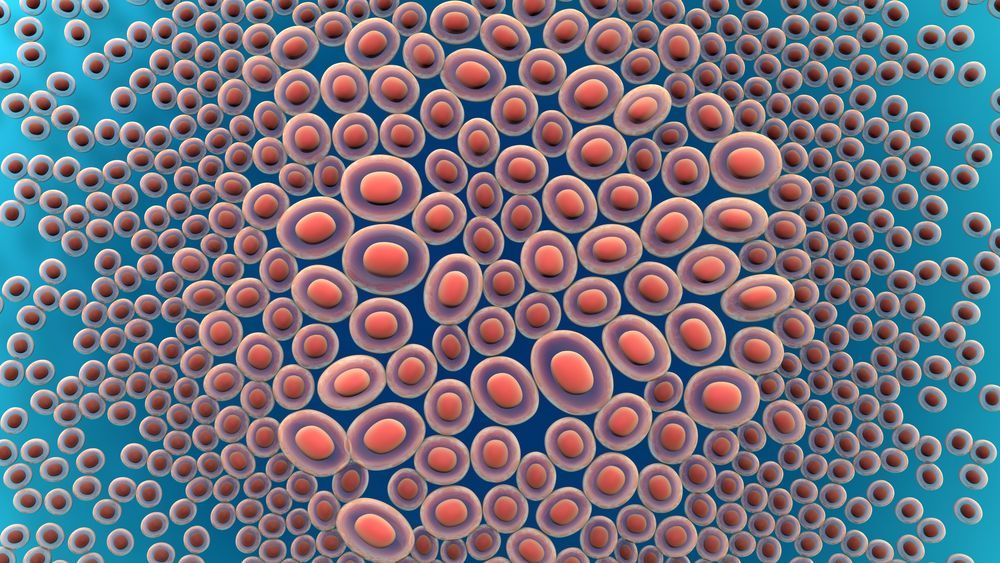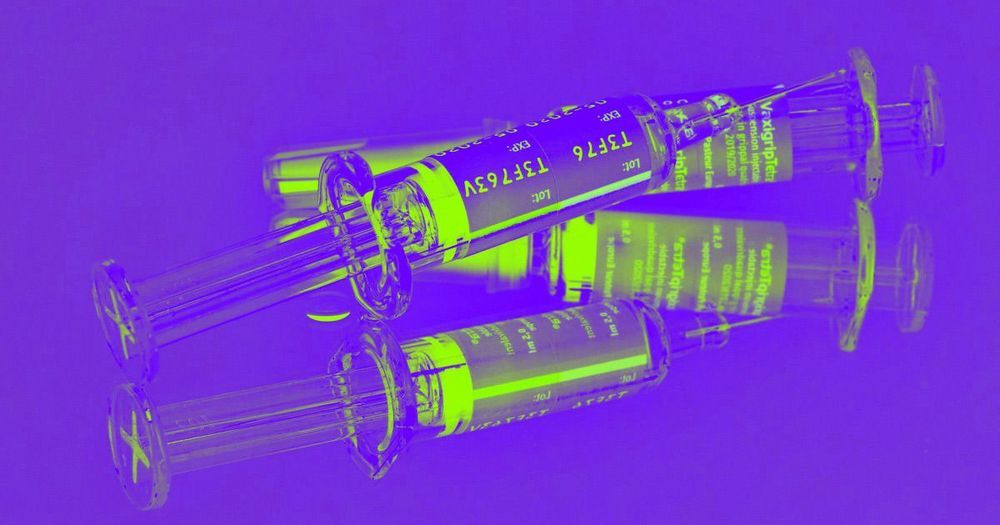How long does it take lung cancer to develop, grow, and spread? Learn about the growth rate, doubling time, and how it can affect treatment.



Scientists at the Washington University School of Medicine in St. Louis revealed on February 24 that they had successfully converted human stem cells into insulin-producing cells and demonstrated in mice infused with the converted cells that they can act as a rapid cure to diabetes.
The research transformed other types of cells into beta pancreatic cells which produce the insulin hormone needed by the body to break up blood sugar.
The findings were published in the journal Nature Biotechnology.
‘This is the first time I have seen such a dramatic drop-off over such a wide area for a specific event,’ says NASA scientist.

Wuhan coronavirus pandemic — kirkland, washington.
Cluster of 50 people sick at a single retirement home where 2 have been confirmed to have Wuhan Coronavirus.
KIRKLAND, Wash. — Dozens of residents and staff at Life Care Center of Kirkland, a nursing and rehab facility, are reporting symptoms that might suggest coronavirus, according to a statement from King County Public Health.

As doctors around the world continue to mobilize against the coronavirus COVID-19 and try to develop a vaccine, one doctor thinks he may have an ace in the hole.
Years ago, Peter Hotez, a vaccine and infectious disease specialist at Baylor College of Medicine, worked on a vaccine that protected lab mice from SARS, according to the Houston Chronicle.
The project was abandoned and the vaccine never tested on humans because it took until 2016 — 16 years after the SARS outbreak ended — to manufacture it. But now, Hotez suspects that minor adjustments could turn it into a viable defense against COVID-19.

As coronavirus outbreaks have become more threatening outside China in recent days, attention has turned to the likely damage to global output and to the possible reaction of macroeconomic policymakers. This has become urgent with the catastrophic decline in China’s PMI business surveys yesterday. The question now is whether a global recession can be avoided.
The global economy faces a demand shock focused on services and consumer spending.


More than 2000 Australian suffering from advanced melanoma will soon receive financial relief with an expansion of treatments on the Pharmaceutical Benefits Scheme, federal Health Minister Greg Hunt says.
From March 1 the PBS listed Opdivo (nivolumab) will be expanded, assisting 1500 patients who might otherwise pay more than $100,000 per course of treatment without the PBS subsidy.
“Opdivo is a breakthrough immunotherapy which works by blocking proteins and helping the body’s own immune system to find, attack and destroy cancer cells,” Mr Hunt said in a statement on Sunday.
